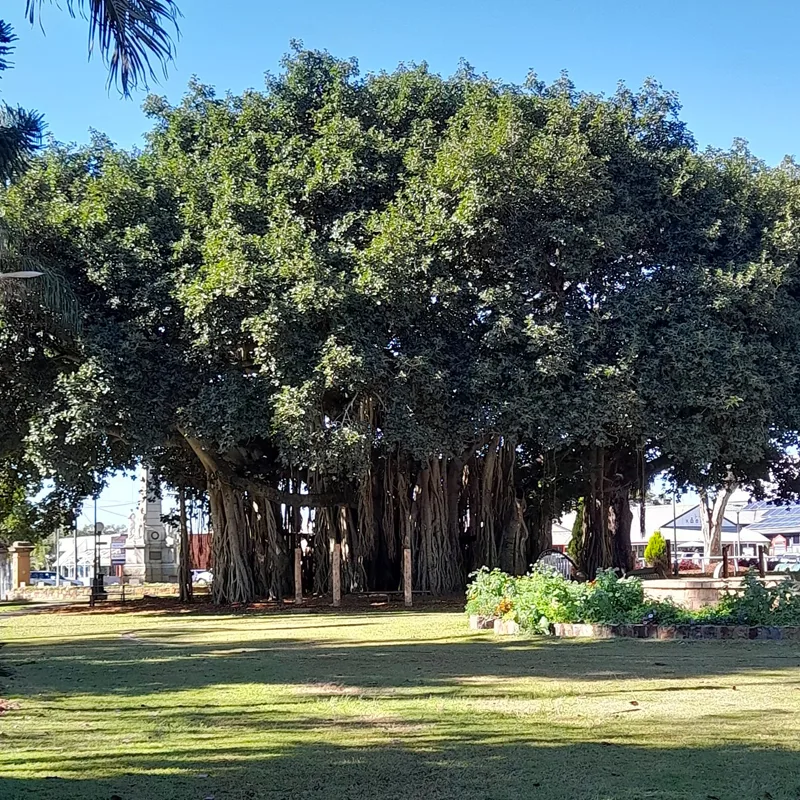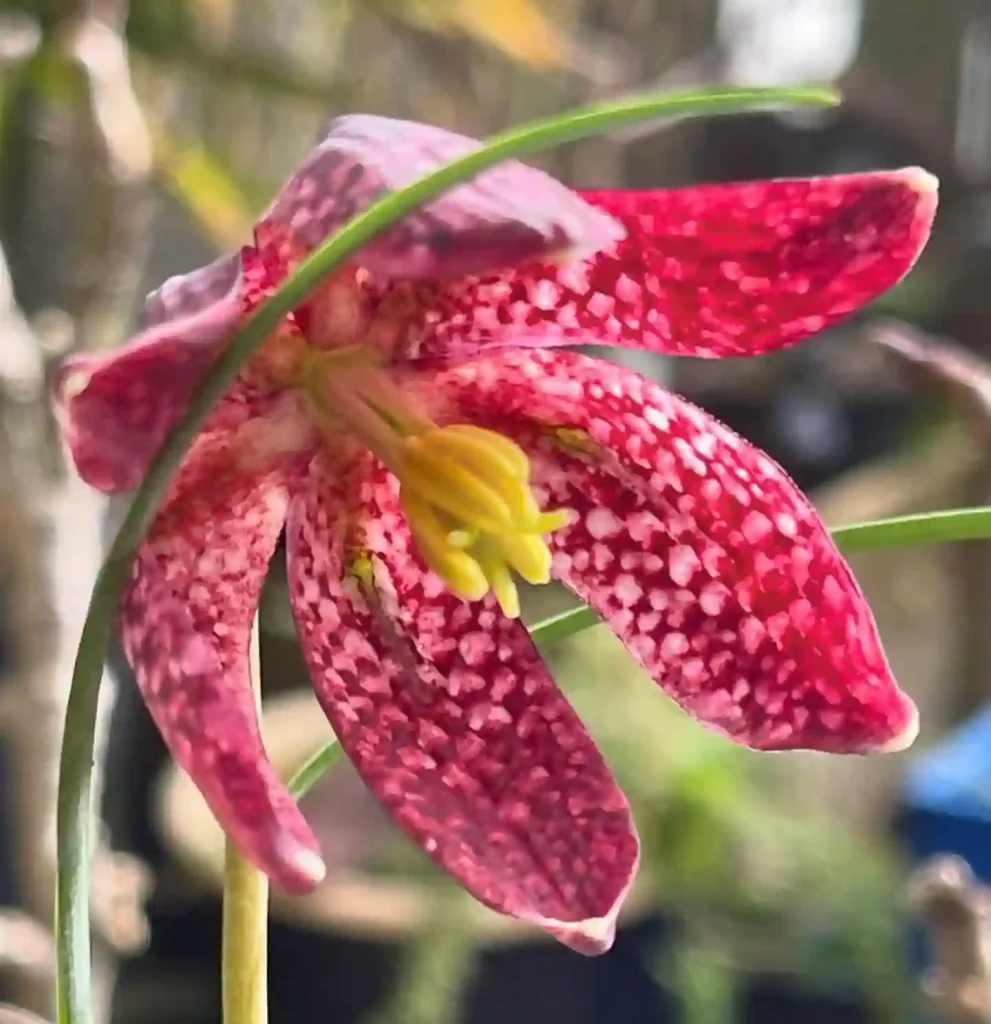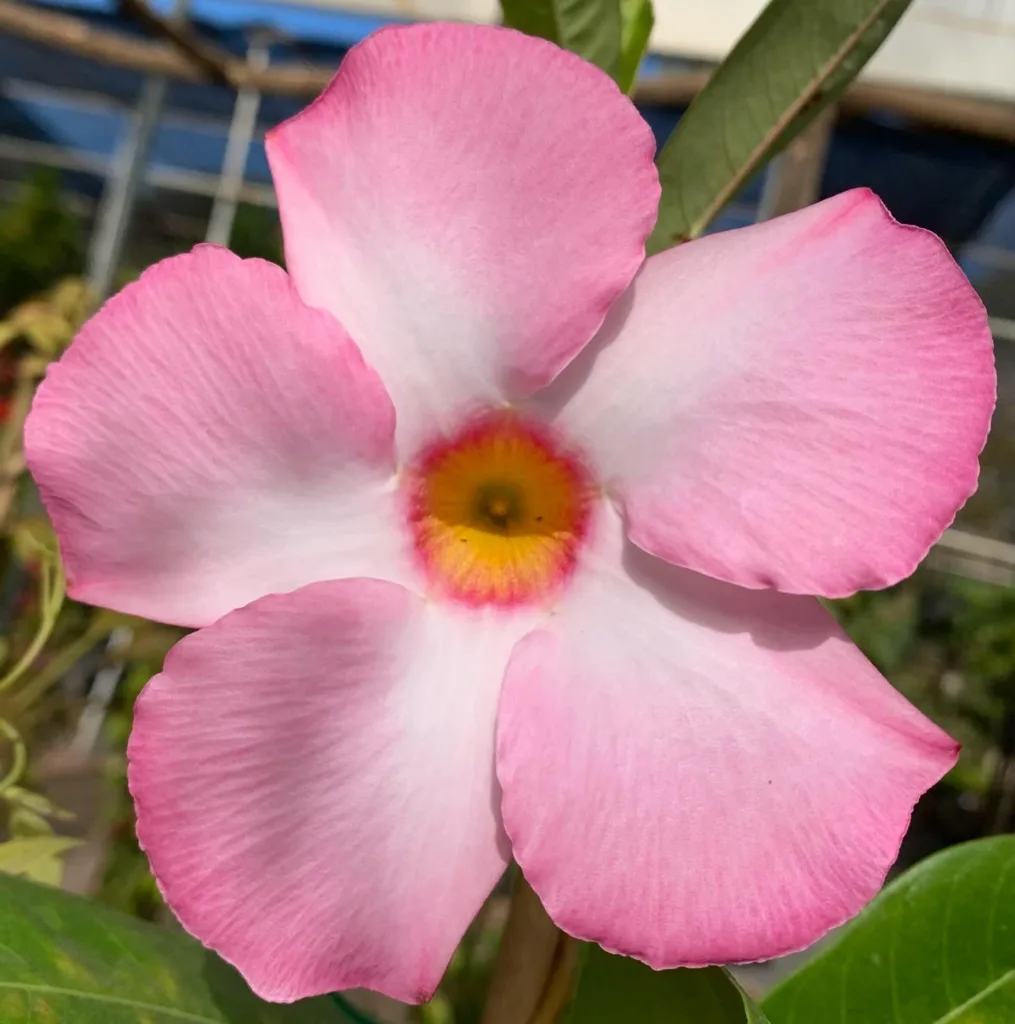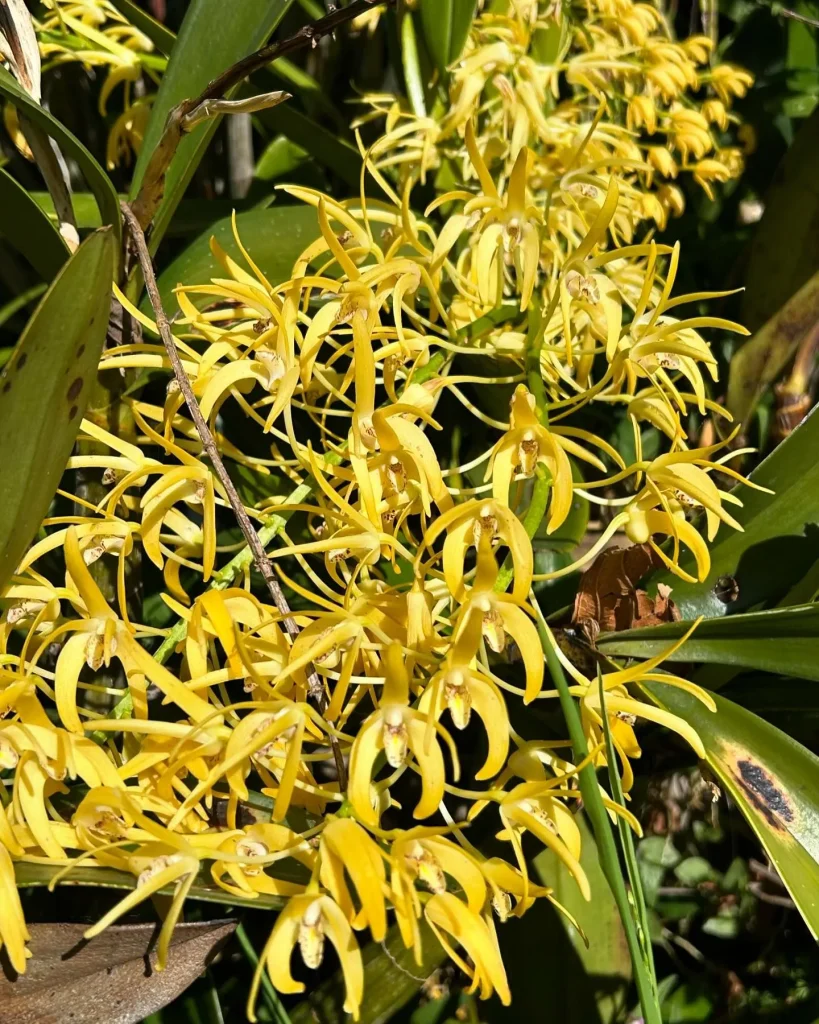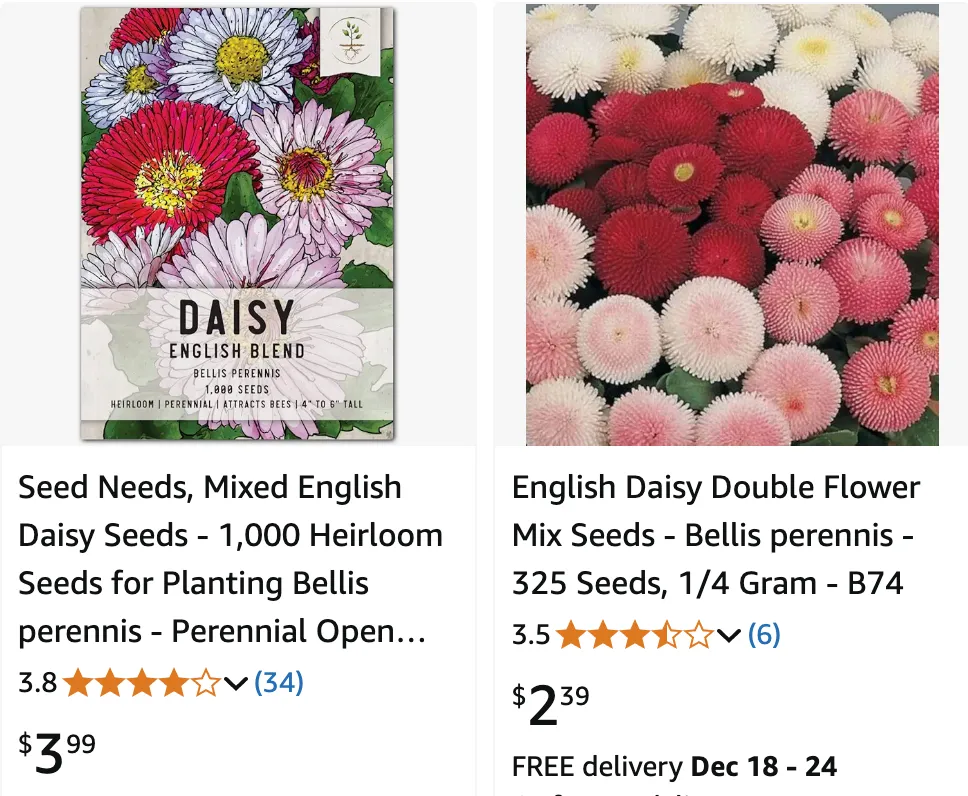
November 16 – Bellis
"Bellis, the daisy-like flower, represents November 16."
Bellis symbolizes innocence and renewal. You bring a sense of freshness and joy to all around you. Like its cheerful blooms, you brighten up every room with your natural beauty.
Bellis: A Closer Look at the Daisy Genus
The humble daisy. We’ve all seen them, those cheerful little flowers with white petals and sunny yellow centers. They pop up in lawns, meadows, and even sidewalk cracks. As a botanist, I’ve always been fascinated by the resilience and simple beauty of daisies. But there’s more to these flowers than meets the eye. They belong to the genus Bellis, a group of flowering plants in the Asteraceae family. Today, I want to share my knowledge about this charming genus, exploring its characteristics, diversity, and a few of its notable species.
What Makes a Bellis a Bellis?
Bellis species are typically perennials, meaning they live for more than two years. They’re relatively small, growing to a height of about 2-8 inches. Most species have a basal rosette of leaves, meaning the leaves cluster at the base of the stem. From this rosette, one solitary flower head emerges on a long stalk. This is a key characteristic of the genus. The flower head itself is what we typically think of as a “daisy” – a composite flower with a central disc of yellow florets surrounded by white or sometimes purple ray florets.
Think of a sunflower; it’s built on the same principle, just on a much grander scale. This type of flower head is a hallmark of the Asteraceae family, which includes a staggering number of species, from sunflowers and asters to dandelions and thistles.
Diving into Diversity: Bellis Species
While the common daisy (Bellis perennis) is the most recognizable member of the genus, there are actually around 14 accepted species of Bellis. Here are:
- Bellis perennis: This is the quintessential daisy, also known as the English daisy or lawn daisy. Native to Europe and western Asia, it has been introduced widely around the world. Bellis perennis is a hardy plant that thrives in a variety of habitats, from lawns and meadows to roadsides and waste areas. It’s also a popular garden plant, valued for its cheerful blooms and low-maintenance nature. Plant FAQs: Bellis Perennis – English Daisy
- Bellis annua: Unlike its perennial cousin, this species is an annual, completing its life cycle in a single year. It’s native to the Mediterranean region and is characterized by its smaller size and more delicate appearance.
- Bellis sylvestris: This species, known as the Southern daisy, is native to southern Europe and North Africa. It’s similar in appearance to Bellis perennis but tends to have larger flower heads and a more robust growth habit.
- Bellis rotundifolia: This species stands out with its round, spoon-shaped leaves, giving it a distinct look compared to other Bellis species. It’s native to the Iberian Peninsula and is typically found in rocky or mountainous habitats.
- Bellis azorica Seub.
- Bellis bernardi Boiss. & Reut.
- Bellis caerulescens Coss. & Balansa
- Bellis cordifolia (Kunze) Willk.
- Bellis hyrcanica Woronow
- Bellis longifolia Boiss. & Heldr.
- Bellis margaritifolia Huter, Porta & Rigo
- Bellis microcephala Lange
- Bellis prostrata Pomel
- Bellis pusilla (N.Terracc.) Pignatti
The Cultural Significance of Daisies
Daisies have captured the human imagination for centuries. They appear in art, literature, and folklore across different cultures. In Roman mythology, the daisy was associated with the nymph Belides, who transformed herself into a daisy to escape the unwanted advances of Vertumnus, the god of gardens. In Victorian flower language, the daisy symbolized innocence, purity, and loyal love.
Even today, the simple beauty of the daisy continues to inspire. We see it in everything from children’s drawings to high-fashion designs. There’s something inherently optimistic and joyful about a daisy, a reminder of the simple pleasures in life.
Looking Ahead
As a botanist, I’m always eager to learn more about the plant world. The genus Bellis, while relatively small, offers a fascinating glimpse into the diversity and resilience of nature. These seemingly simple flowers have a rich history and continue to hold a special place in our hearts and culture. I believe there’s still much to discover about Bellis, from its evolutionary history to its potential medicinal properties. And I, for one, am excited to see what the future holds for these cheerful little blooms.
If i die, water my plants!
